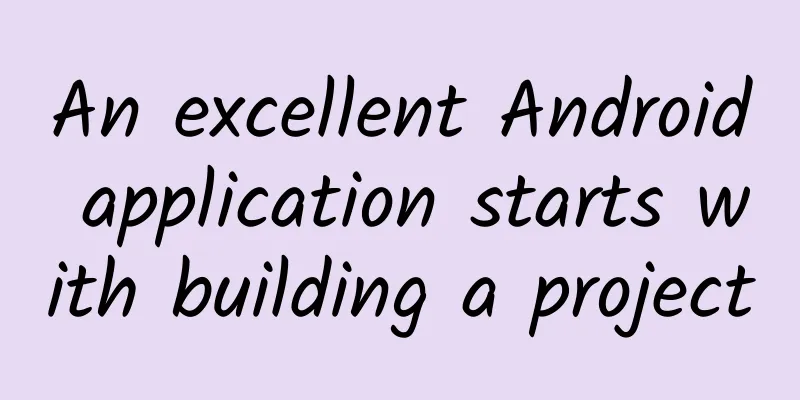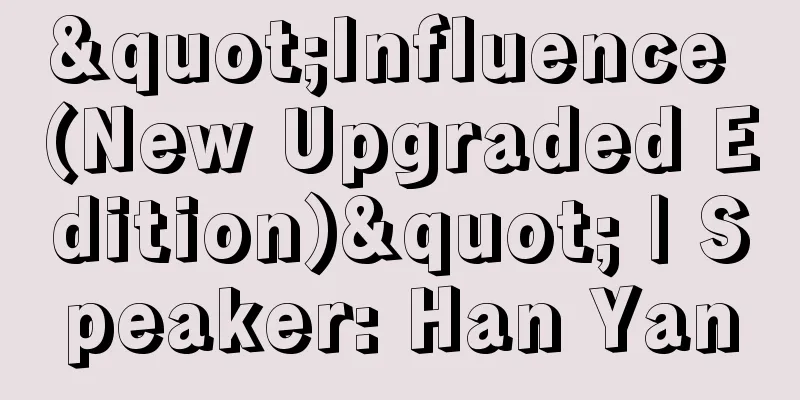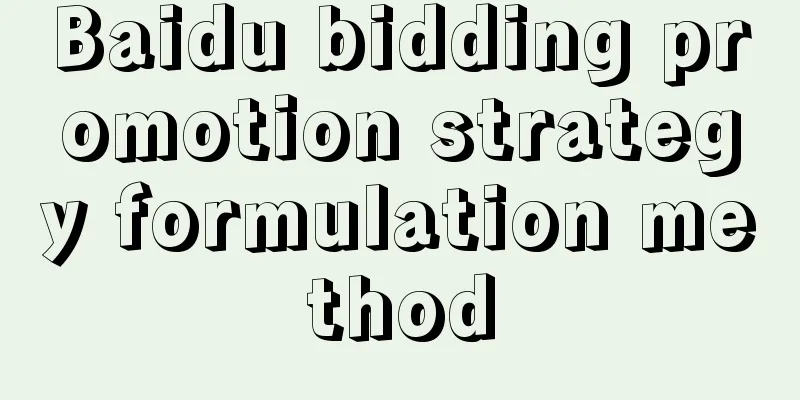An excellent Android application starts with building a project

|
1. Project Structure The MVP model is becoming more and more popular nowadays. It is adopted by default.
If the project is large, the above method will definitely result in nearly a hundred files in the presenter and view. See the blind series. The following methods are recommended:
2. Configure the theme Ignore this step for projects that do not adhere to Material Design. 1. First write the required color in color.xml:
Note that color.xml is a color table. It should describe colors instead of defining font colors, background colors, etc. This can prevent similar colors from being defined repeatedly, which would lead to inconsistent interface colors. 2. Define the theme in style.xml:
In the res directory, create a values-v21 directory and then create a style.xml:
Then modify the theme attribute of application in the AndroidManifest.xml file to the AppTheme defined above to achieve the immersive status bar. Then refer to my other two blogs for detailed settings of Theme and Toolbar: 3. Dependent libraries and SDK Required libraries: Here are some libraries I wrote. If you have any suggestions, please feel free to communicate: I have tried many, and these are the ones I use most often. After relying on a lot of libraries and SDKs, it is recommended to initialize them at the right time, rather than piling them all in the onCreate() of Application. This will cause the startup time to be too long and the startup will be slow, although it will not affect the normal use of the functions. 4. Configure Gradle Some SDKs need to check whether the signature is correct when running. Therefore, you must sign with the official KEY in debug mode. It is not a wise idea to put the signature into version control. Therefore, the following approach is recommended:
Create a new signing.properties file in the same directory as the app's gradle file and fill in the corresponding information of your key
Add signing.properties to the ignored directory. 5. Establish development specifications In order to avoid different styles of code written in collaborative development, or multiple development modes are made. The following is an example. After all, it is formulated for efficient development. The one that suits your project is the best. layout naming, for example id naming, example Variable naming: Start with m. For example, mAdapter, when you use it, all the methods will come out after pressing one m. Method naming: It is better to write a good comment than a good name. = =. TextView uses the official standard font TextView.png
Button uses the Material Design standard style Button.png
Determine how to write network requests, how and where to store files, and how to use the class library framework used in the project. Okay, let’s start the official development! |
<<: What knowledge do you need to learn to be a programmer?
Recommend
Brand advertising strategy and planning!
Last Wednesday, when Apple announced its new prod...
I’d like to share a project to attract new customers and make money. It has 0 cost. Just read the article and start operating. It’s not a problem to earn 200+ yuan a day.
Today I’m going to share with you a part-time pro...
How to operate a community from 0 to 1? Here are my 7 thoughts
Next, I will talk about building a community from...
Android phone RAM can no longer be rolled up, good quality and low price are the best
As the 2022 Android flagships debut one after ano...
B station promotion and fan-attracting skills
In summer, I believe it is not uncommon for every...
Community SOP: From attracting new members to conversion and daily maintenance table
Nowadays, there are more and more group chats, bu...
How to develop a financial accounting mini program and a financial diary mini program?
With the economic downturn, many people have begu...
What is the trend in developing e-commerce mini programs? How to operate?
Although there are many e-commerce platforms on t...
You are obsessed with “growth hacking”, but you still don’t learn some tips on “attracting new users”
Search engine mechanism 1. Search mechanism As a ...
Attracting new users: What is the difference between To B and To C?
The core task of attracting new users is to promo...
APP product operation: How should tool-type APP products be promoted and operated?
When developing tool-type products, Cheetah Mobil...
The community is so popular, but are you sure you really need it?
The Internet has never been short of concepts. Fo...
iOS 16.5 update is pushed, users cannot upgrade OTA!
Early this morning, Apple pushed the iOS 16.5 Bet...
Hupu APP Product Analysis Report
This article conducts product experience and anal...
4 Things I Learned Developing My First Swift App
My app development project this summer is Instant...









